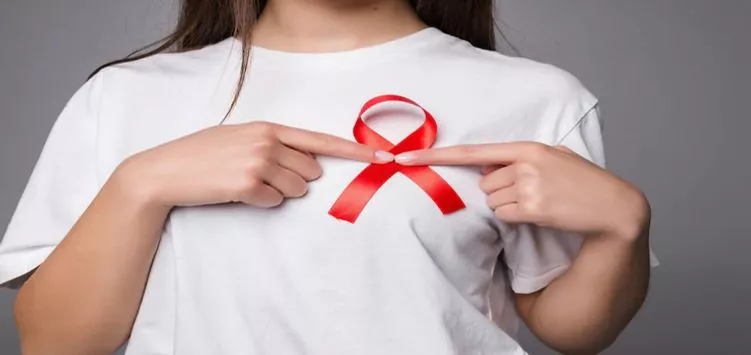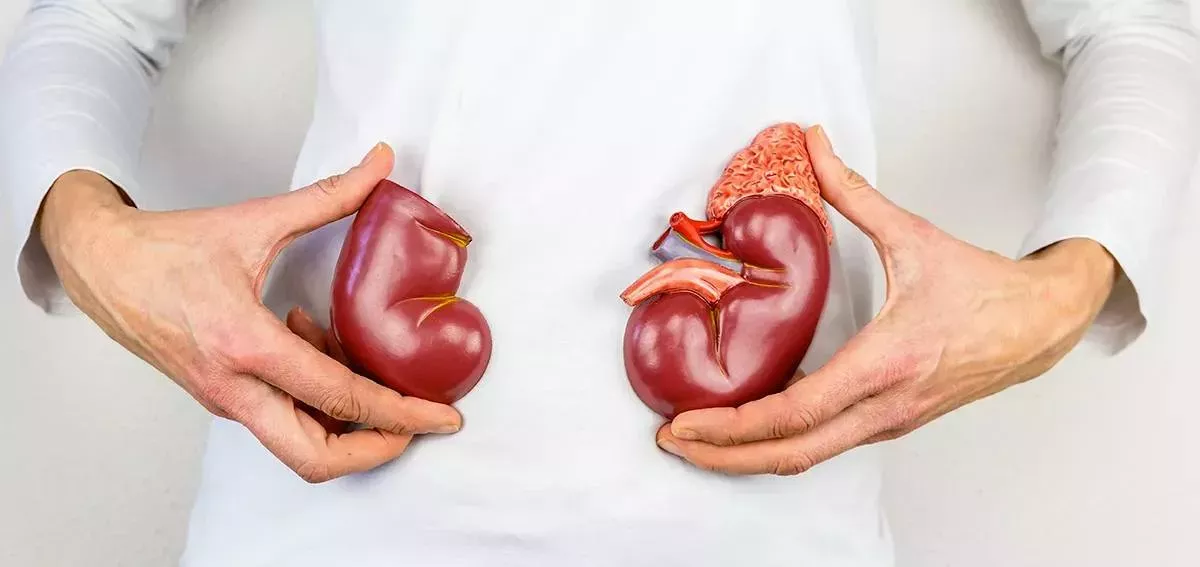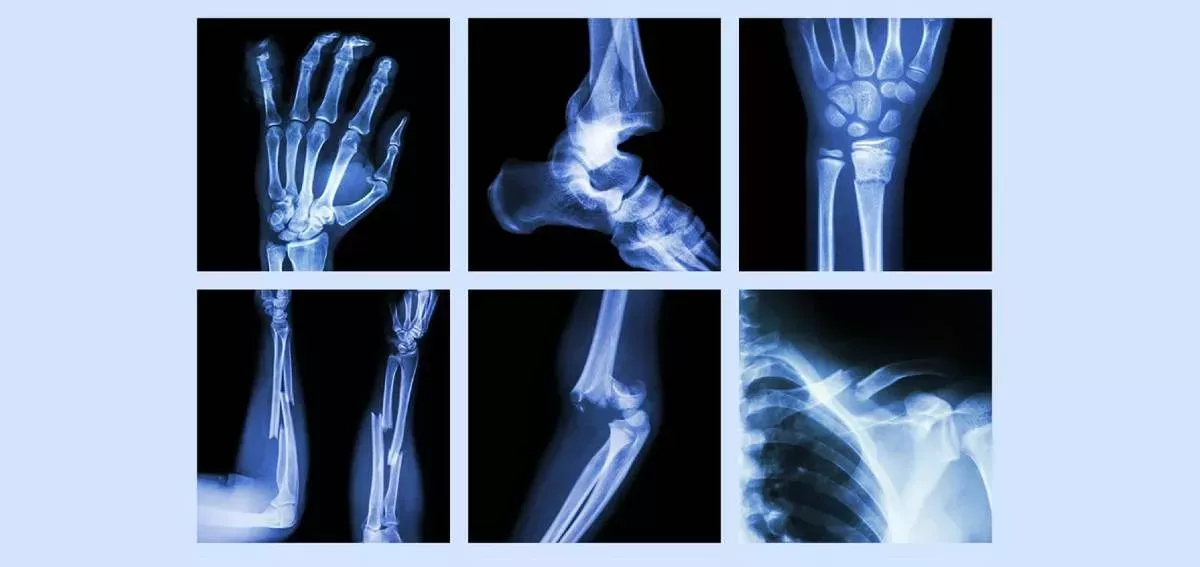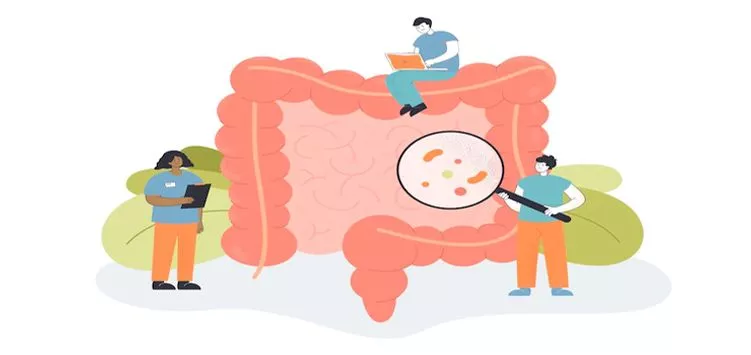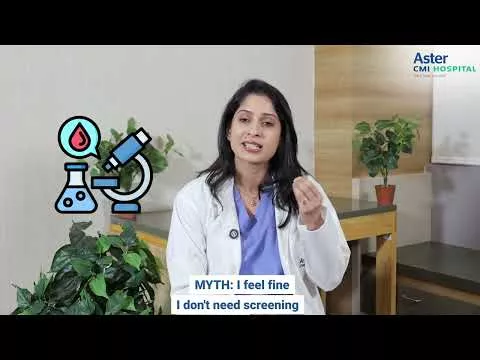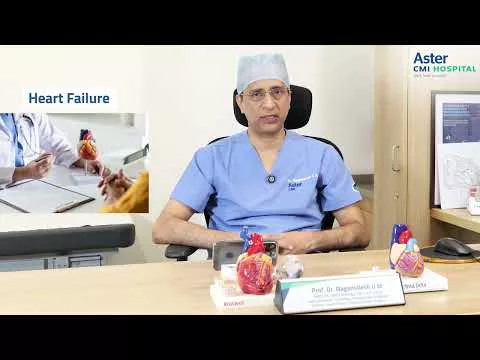Women who have undergone surgery as a part of breast cancer treatment can restore the appearance and shape of their breasts by Breast Reconstruction Surgery. However, the procedure may differ depending on your stage of cancer, the surgical procedure chosen, and treatment. Breast reconstruction surgery can be an option after mastectomy. Our medical specialists can help you decide what type of reconstructive surgery works best for you.
What is breast reconstruction?
Breast reconstruction is a medical procedure to rebuild the breasts following a mastectomy or lumpectomy. It could be done in many ways. Sometimes reconstruction surgery may demand multiple procedures. Most women opt for breast implants made of silicone or saline because they are superior in their integrity and long-term performance. And, some opt for a tissue-based reconstruction using a flap of tissue from your body (such as tissue from the lower belly). The breast reconstruction can be done immediately (immediate reconstruction) after breast cancer surgery, or it can be performed days or months post-surgery (delayed reconstruction). Breast reconstruction on both breasts is also possible. Alternatively, one beast will be replaced and remodelled to match the other.
Still, most patients do not prefer breast reconstruction after mastectomy; therefore, it is a highly personal choice.
What are the types of breast reconstruction surgery?
A recent study found that about 70% of women having mastectomy were not referred to a plastic surgeon to determine their options for breast reconstruction. There are two different paths to breast reconstruction. At the time of lumpectomy, immediate oncoplastic reconstruction is performed. And in the case of mastectomy, your reconstruction options can be timed variably. However, some patients are not eligible for immediate breast reconstruction surgery.
Flap reconstruction:
Flap reconstruction is performed by taking tissue from your own body (autologous tissue) and building a breast. This tissue is referred to as a flap by medical professionals. The tissue is usually taken from the lower abdomen (belly). In some cases, the tissue from the back, thigh, or bottom is also be used.
The skin, blood vessels, fat, and muscle from these body areas are used to build a breast. In some cases, the doctor may pass a flap through your body (pedicled flap). In this manner, the flap preserves its blood supply. Or they may disconnect the flap from its blood supply (free flap) and attach it to the blood vessels of your chest.
Flap reconstruction is of various types:
Flap from buttocks and thigh:
Flaps are obtained from the buttocks or thighs and used for breast reconstruction on women who do not have enough abdominal tissue or have had previous extensive abdominal surgery. An implant is often used with these flaps to produce enough volume to the breast.
PAP flap: Tissue from the upper inner thigh that is without muscle.
TUG flap: Tissue that comes from the upper inner thigh, including muscle.
The IGAP: flap is taken from the buttocks but contains only fat, blood vessels, and skin.
SGAP flap: Similar to an IGAP flap, SGAP flap tissue is obtained from the buttocks containing skin, blood vessels, and fat but has a separate set of blood vessels.
Back and abdominal flap:
Latissimus dorsi (LD): The muscle and tissue are removed from the back and transplanted to the breast area. In this process, the LD flap is still attached to its own blood supply.
DIEP Flap: The fat, skin, and blood vessels are removed from the lower belly area retaining the underlying belly muscle.
TRAM flap: Skin, fat, blood vessels, and muscle from the lower belly are removed.
SIEA flap: It is similar to the DIEP flap; however, different blood vessels are used. Only a small percentage of people require blood vessels for the surgery.
Implant reconstruction:
Silicone or Saline is mainly used to restore breast tissue in implant reconstruction. Sometimes, a combination of implants and tissue-based reconstruction is used in the surgery. A mastectomy can happen along with implant reconstruction, or you can do the treatment after a mastectomy.
The implant reconstruction has the following types:
Implant with tissue expander: During this process, a packet is created behind the chest muscle where a temporary tissue expander is placed. The implant is filled periodically with saline over a few months. The expander stretches the skin and muscle in preparation for either a tissue reconstruction or implant. The expander will be removed once the skin over the breast area has stretched to the appropriate size. In the final reconstruction surgery, an implant will be placed.
Above the chest muscle: The implant is placed above the chest muscle. This procedure gives the breasts an unnatural or augmented look. You do not need much recuperation time as the chest muscle remains in place.
Under the chest muscle: The implant is placed under the chest muscle. The distinct edges will not be visible, making the breasts appear more natural and not feel the implant. This procedure has the lowest infection rate and capsular contracture formation.
FAQs:
1) Will the scare fade away?
It might take one or two years for the scars to heal and fade, but the scars never go away permanently.
2) How long will drains remain in place?
It depends on how many drains are used and when they are removed.
3) How long do implants last?
Most of the time, the implants last for a lifetime. But patients do revise or exchange implants for several reasons.
4) For how long will the breast feel numb?
A reconstructed breast does not recover full feeling.
5) How many procedures does breast reconstruction surgery have?
A breast reconstruction surgery involves two or more procedures while allowing time to heal in between.
The source of information for the FAQs are mentioned below:
https://www.cancercenter.com/community/blog/2018/05/10-commonly-asked-questions-about-life-after-breast-reconstruction-surgery
